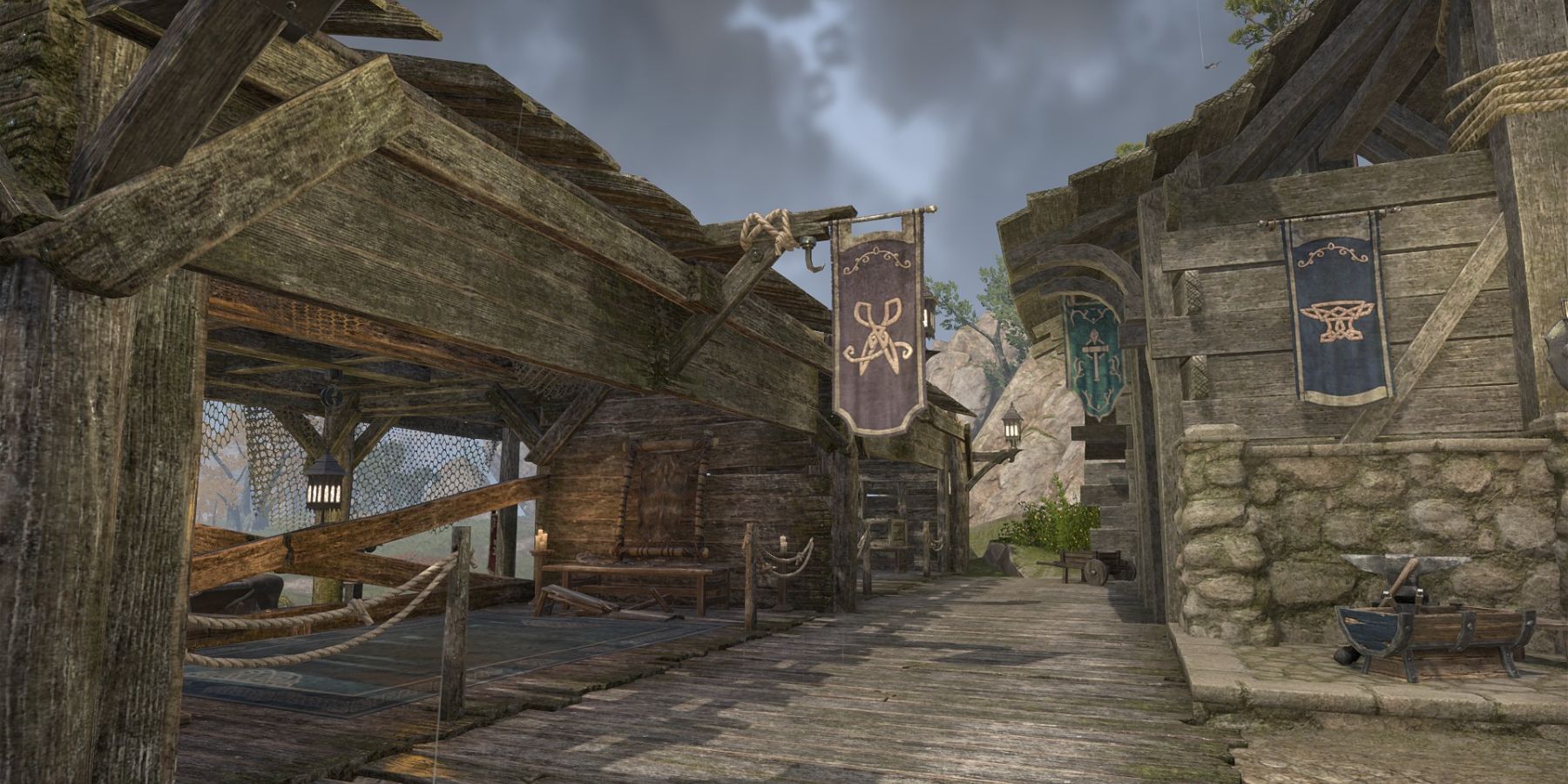

#Gain entrance to sky haven full#
Supposedly, it was a massive, advanced civilization strangely inspired by ancient Greek cities and full of treasure and riches. The Lost City of Z is a mythological city nestled in the wilds of South America. If the theory about Alexander the Great is true, it suggests that he died not from malaria or typhoid, as previously suspected, but that he was poisoned by someone who had taken water from the mythical River Styx. Ancient tradition states that the water was so corrosive and so deadly, like its mythical counterpart, that the only things it couldn’t dissolve were a boat and raft made from horse hooves. Also known as Black Water, the river flows out of the Peloponnesian mountains and has long been thought to be the real-world entrance to the River Styx. Those symptoms are also very similar to those experienced by a person who has ingested calicheamicin, a toxin produced by bacteria found in limestone, which is found in high concentrations in the Mavroneri River. The Greek leader suffered stabbing pains in his internal organs and joints, high fever, and voice loss before he slipped into a coma. These symptoms are eerily similar to those suffered by Alexander the Great before his premature death due to an unidentified sudden illness in 323 B.C. If they were lying, they would lose their voices and the ability to move for a year. It’s also reportedly real, and its deadly waters are now thought to be what killed one of the greatest leaders in world history.Īccording to legend, the waters of the River Styx functioned as something of a polygraph test for the gods when Zeus forced them to drink it.

The river was rumored to ultimately flow between two massive silver pillars, guarded by the nymph for whom the river was named. It’s said to flow around the realm of Hades seven times, and its water is corrosive, poisonous, and deadly.

The River Styx is the primary entrance to the Greek netherworld. Knockma isn’t just a place of legend, either: Archaeological excavations have found a number of Neolithic sites in the woods, and cairns on the hill date back to around 6000–7000 B.C. To keep them from repairing the entrance, the lord threw salt over the hill and eventually dug his way into the kingdom to retrieve his wife.įinvarra is also mentioned in family legends of the 18th and 19th centuries, said to protect the nearby Castle Hacket, keep the family wine cellars stocked, and ensure their horses’ victories in whatever race they entered.

The lord followed Finvarra and his bride to the hill and ordered his men to start digging, but every night as the men slept, their work was repaired by Finvarra’s fairies. Ruled by Finnbheara (or Finvarra), the Fairy King of Connacht, the kingdom is said to exist just beyond one of the many stone circles and fairy rings that dot the hill.Īccording to legend, Finvarra once abducted the beautiful bride of an Irish lord and carried her back to his kingdom. The legendary warrior queen Maeve is said to be buried in a cairn on Knockma Hill, and the hill itself is supposedly the entrance to one of Ireland’s fairy kingdoms. Knockma Woods is located in the western wilds of Ireland, and it’s associated with a couple of major legends.


 0 kommentar(er)
0 kommentar(er)
